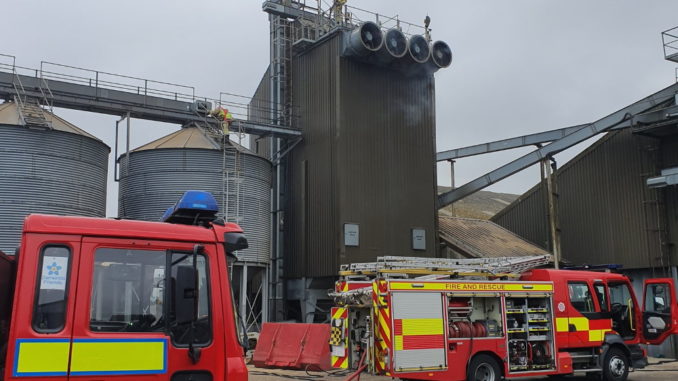
North Yorkshire’s leading firefighter has outlined potentially controversial changes to modernise the service.
Chief fire officer Andrew Brodie’s suggestions include introducing “a range of fire engine types with differing capabilities to enable smaller, more readily available crews to respond” and creating office environments at fire stations to enable retained crews to do their other jobs.
The suggestions, which Mr Brodie is asking for feedback on from the leaders of North Yorkshire, City of York and the county’s seven district councils, come just two years after the county’s fire and rescue authority voted to increase crews to four firefighters on some fire engines.
The fire authority move reversed a 2015 decision over the introduction of smaller Tactical Response Vehicles carrying a crew of three to save about £1.5m a year, which the Fire Brigades Union launched strike action over insisting it was a “threat to public safety”.
The Fire Brigades Union was unavailable for comment about Mr Brodie’s transformation ideas.
He has emphasised they are not formal proposals, but his thoughts on the transformation potential on which he wants feedback from the leaders of North Yorkshire, City of York and the county’s seven district councils.
The final proposal for change will be subject to full public consultation and approval of the police, fire and crime commissioner.

In a report to the council leaders, Mr Brodie, who previous work has seen him design national operational guidance for fire services, said: “We continue to face a negative imbalance in our budget, but I hope to balance it in 2020/21, one year ahead of schedule.
“I intend that we then make further savings to free up funds to invest in modernising.”
Mr Brodie said introducing different fire engines would be part of a multi-pronged approach to maximising availability of retained firefighters who have not traditionally been based at stations and provide cover when alerted.
He has also suggested closer work with employers to encourage the release of staff to respond as on-call firefighters and with schools to encourage childcare flexibility to enable parents and carers to respond.
Mr Brodie said new technology would better enable firefighters to update their availability and the creation of ‘business hubs’ at on-call fire stations would enable home workers to base themselves there in exchange for a commitment to be an on-call firefighter.
Other suggested devices to increase on-call firefighter availability include introducing a new salary scheme with “more flexible conditions and more reasonable
expectations” and ‘public safety officers’ in areas where availability is particularly problematic.
He added his modernisation plans would also see local teams ‘own’ the safety of their communities and work ever more closely with partners to deliver positive outcomes for the most vulnerable people.


Be the first to comment